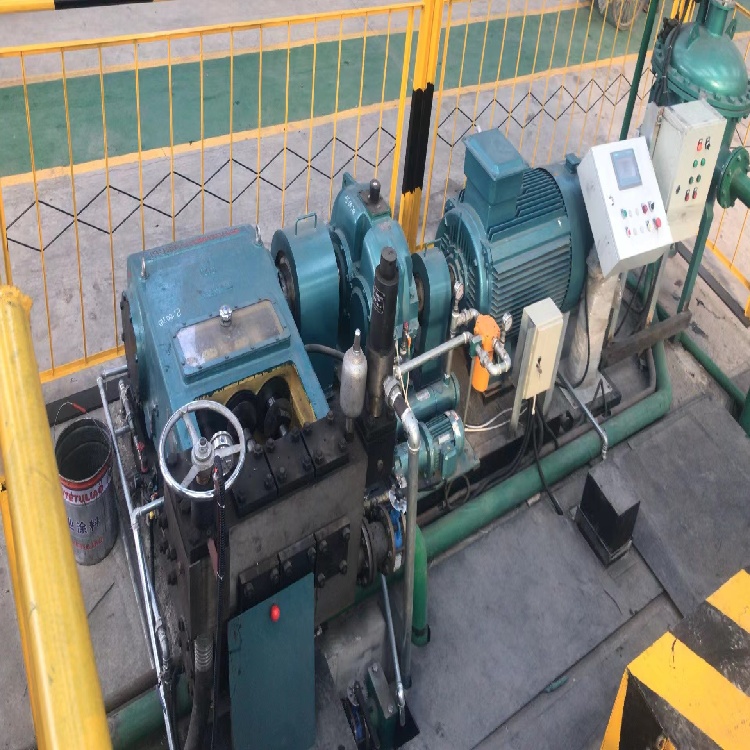In the hot rolling production process, high-pressure water descaling equipment is a crucial link to ensure the surface quality of rolled products. It efficiently removes the iron oxide scale on the surface of the billet, laying the foundation for the subsequent rolling process. The following is a detailed introduction to high-pressure water descaling technology from aspects such as equipment composition, working principle, and technical advantages.
1. Equipment composition
The high-pressure water descaling equipment mainly consists of three major parts: the high-pressure water supply system, the nozzle device and the control system. The high-pressure water supply system is the “power heart” of the equipment, consisting of components such as high-pressure water pumps, accumulators, and filters. The nozzle device is the core component for descaling. It usually adopts fan-shaped or conical nozzles, which are installed at specific angles and intervals on the descaling box or pipeline to ensure that the spray water flow covers the entire surface of the billet. The control system monitors parameters such as the position of the billet, water pressure and flow rate in real time through sensors, and precisely controls the timing and intensity of high-pressure water injection.
2. Working principle
After the steel billet is taken out of the heating furnace, the iron oxide scale covering its surface cools rapidly, and the iron oxide scale formed inside the furnace shows a network of cracks. Under the injection of high-pressure water, the surface of the iron oxide scale undergoes local rapid cooling, causing significant contraction. This leads to the expansion of cracks in the iron oxide scale and partial warping. Under the impact of high-pressure water flow, the dynamic pressure of the high-pressure water in the crack is transformed into the static pressure of the fluid and injected into the bottom of the iron oxide scale, causing the iron oxide scale to peel off from the surface of the steel billet and be discharged to the collection system with the water flow, thus completing the descaling process.
3. Technical advantages
Compared with other descaling methods (such as mechanical descaling), high-pressure water descaling technology has the advantages of wide adaptability to a wide range of steel grades, high removal efficiency and low comprehensive cost. In actual production, this technology effectively enhances the surface quality of rolled parts, reduces problems such as roll wear and surface defects of products caused by residual iron oxide scale, and is of great significance for improving the qualification rate of hot-rolled products and reducing production costs.
In conclusion, high-pressure water descaling equipment has become an indispensable key piece of equipment in modern hot-rolling production lines due to its high efficiency, precision and environmental friendliness. This equipment works closely with the process, not only effectively avoiding surface defects of rolled parts and reducing roll wear, but also significantly improving the yield of hot-rolled products and the continuity of production.



